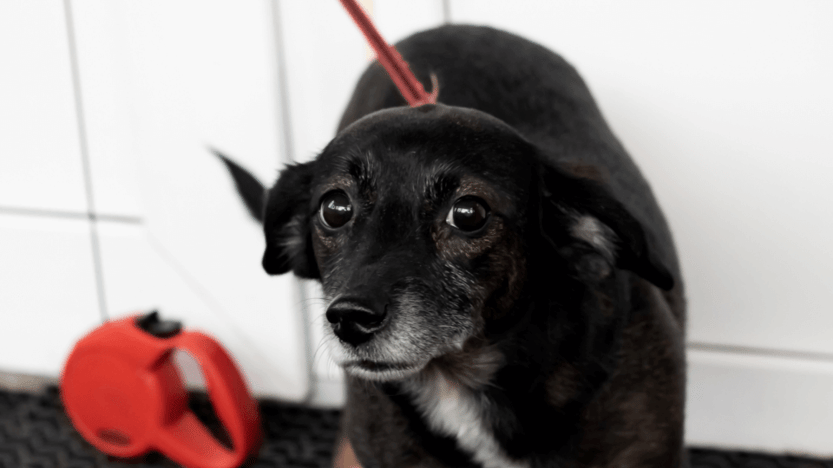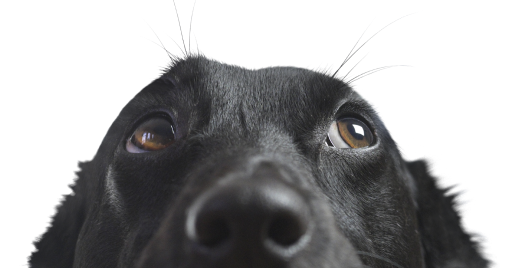Veterinary professionals are used to some amount of chaos on a given day.
The noise alone keeps everything at a simmering point, with the potential to boil over if, say, an anxious pet becomes aggressive. The juggling act of moving multiple patients through appointments – from check-in to checkout – as smoothly as possible can be anything but easy.
Chaos demands order. Both your clients and your team would benefit from structured workflows that keep appointments on track, minimizing anxiety among pets and parents and ensuring the safety of all involved.
To that effect, we’ve highlighted two common workflow scenarios with high-stress or highly sensitive components, in order to show how Provet Cloud’s built-in tools can be integral to maintaining effective teamwork among staff and promoting a positive client experience.
In all likelihood, these workflow scenarios will be very familiar to you. But you might discover some steps that your practice’s current workflow has either overlooked or doesn’t always follow.
First, let’s quickly define what a veterinary workflow is.
What is a veterinary workflow?
A workflow is a series of tasks designed to help you move a project – or program or experience – from initiation to completion.
Veterinary workflows tend to focus on guiding the client and patient from the moment they arrive, through the consultation itself, to the point at which they check out and exit the clinic. In some cases a workflow begins prior to the visit, such as when the pet parent is asked to administer calming medication a few hours before an appointment.

Workflow to minimize patient anxiety
A strange environment, strange smells, and noise – these are the three biggest triggers for anxiety in pets when they arrive at the clinic.
It’s never just one pet with the jitters. Stress and anxiety in one patient can trigger it in others, creating a snowball effect of bad vibes. Think of the husky in the waiting area, nervously singing at the top of its lungs, making all the dogs howl along with it.
On arrival:
- The smells and sounds that send a dog into fits may just be the cats. So if possible, create separate zones in your waiting room for cats and dogs.
- Take it a step further with a cat room, equipped with a pheromone spray dispenser to control the smells and help soothe the cats prior to their exams.
- Another option is to encourage clients with excitable pets to wait in the car until their exam room is ready. If you’ve already implemented curbside check-in at your clinic, clients can simply call or text when they arrive.
- In any event, whether or not you’re able to separate cats and dogs, Provet Cloud’s consultation dashboard allows you to quickly identify the mix of species types currently in the waiting room location. For example, you can easily see that one cat is waiting along with five dogs, so you know to prioritize finding an exam room for the cat and their client.
In the exam room:
- Asking a cat client to wait in the exam room, even if for several minutes, allows them the option of letting their pet out of the carrier so it can acclimate to new surroundings. This also means the veterinarian or nurse doesn’t have to remove a stressed-out cat from a box.
- Dogs may get more nervous once they transition from waiting room to exam room. One calming strategy to share with your pet owners: ignore the dog for a few minutes until it is able to moderate its own behavior.
In the ICU:
- Too often overlooked is some kind of barrier between cats and dogs in ICU units, which are typically very small areas inside a clinic. Even separate, patients would still be easy to keep track of using Provet Cloud’s built-in patient location system that can be viewed at a glance from the dashboard.
- Designating a space for patients that are crying or in pain or waking up from anesthesia can help maintain a sense of calm in an otherwise extremely sensitive environment.
Checkout and departure:
- Following an exam, the goal is to complete the payment transaction and discharge instructions in as few steps as possible.
- Ideally, the client can avoid having to bring their pet back into the reception area and risk raising the anxiety of the clients and pets who are waiting.
- Provet Cloud enables payments to be made from any connected device, whether from a tablet in the exam room or via a text-to-pay option that generates an invoice sent to the client’s phone.
- Similarly, through Provet Cloud you can email detailed discharge instructions to the client.
- If possible, provide a means of exiting the clinic that doesn’t require passing through the waiting room area.
.png?width=833&height=469&name=dog_hug%20(1).png)
Workflow for euthanasia
Arguably no other appointment type demands as much care and sensitivity as a patient euthanasia. In the most ideal scenario, the appointment is planned, allowing the clinic staff to prepare as best they can for the client’s arrival – understanding, however, that it’s not always going to be possible.
Pre-arrival:
- In Provet Cloud, use color coding to elevate the visibility of a euthanasia appointment, which alerts the staff to prepare accordingly, even for unexpected arrivals.
- Designate a room that you can set up with calm lighting, soothing scents, and blankets on the exam table.
- Depending on your clinic’s parking availability, you may want to reserve a spot for your client and remove that uncertainty upon their arrival.
On arrival:
- When clients arrive for euthanasia, they probably have waited until the very last possible minute to get to the appointment, in order to spend as much time with their beloved pet as possible. In that case, make sure that they aren’t asked to wait more than a few short minutes once they arrive.
- As soon as they’re inside the clinic, bring the client and patient to the designated room – a space entirely separate from the waiting room or reception area.
In the exam room:
- Again, if possible, don’t ask the client to wait.
- Begin by completing all consent forms and payment. These steps should not have to be done in the aftermath of the procedure. Using Provet Cloud, forms and payment can be sent electronically (with e-signature), which clients can complete from right inside the room.
- Once payment is taken care of, use the Provet Cloud consultation dashboard or triage board to communicate to staff that the patient needs to be seen right away. One way of indicating the urgency is to update the patient’s status to “awaiting euthanasia,” which notifies the veterinarian to begin the procedure.
Following the procedure:
- Allow the client some time and privacy after they’ve said goodbye to their pet.
- In Provet Cloud, put the patient’s status as “waiting for discharge” until the front desk actually sees the client exit the room and the clinic. This prevents any intrusions on the client’s privacy and lets the staff know that the room is still occupied.
- Offer the client an exit route that is as straight to the door as possible, without having to pass through the waiting room.
Bottom line:
The power of workflows is multiplied by the right veterinary software
Workflows can make or break a clinic, and having the right software can make all the difference in the world.
A cloud-based system like Provet Cloud is configurable to your unique setup, accessible throughout the clinic and beyond – so you can serve clients however and wherever is most comfortable for them and their pets.


